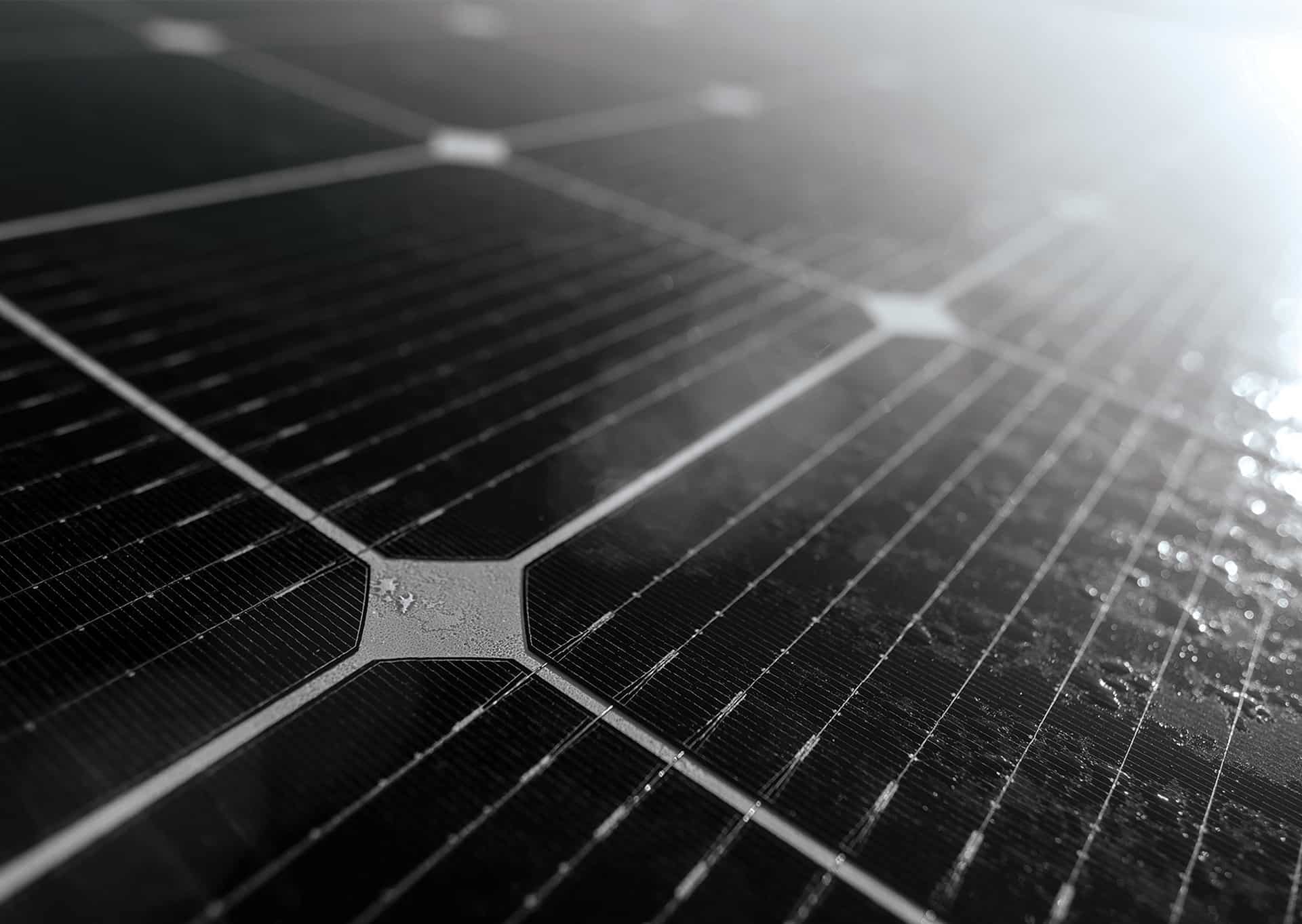
PHOTOVOLTAICS - THE KNOWLEDGE BASE

Financing your photovoltaic installation
Here you will find the most important information about photovoltaics, useful for anyone who starts their adventure with photovoltaic installations. Photovoltaics - knowledge base. Basic definitions can be found in the glossary of terms. Many of your doubts will be dispelled by the answers to the most frequently asked questions, which you can view in the form of a drop-down list. In the investor's guide, which we update regularly, you will learn about new products and interesting facts that will be useful for you.
Panels (modules)
The rectangular panel, consisting of photovoltaic cells, covered with glass. Under the influence of daylight (sunlight), it produces electricity. In a photovoltaic installation, several to several dozen panels are connected to obtain the expected production capacity.
Inverter
Otherwise known as an inverter or converter. Its task is to change the value of voltage and current to suit the reception by electrical devices. Converts direct current into alternating current, ensuring that energy can be used in the facility's electrical system.
Constant current
Direct Current - DC. The electricity produced by photovoltaic panels is characterized by a constant return and direction of the flow of electric charge. To use direct current, we need to adjust it to the parameters of our electrical installation (inverter).
AC
Alternating Current - AC. The current in our electrical sockets (low voltage networks) is characterized by a variable instantaneous intensity value. The voltage in Poland is 230V / 50Hz and this is the output value transmitted by the inverter to the electrical installation.

Contact us and find out more


